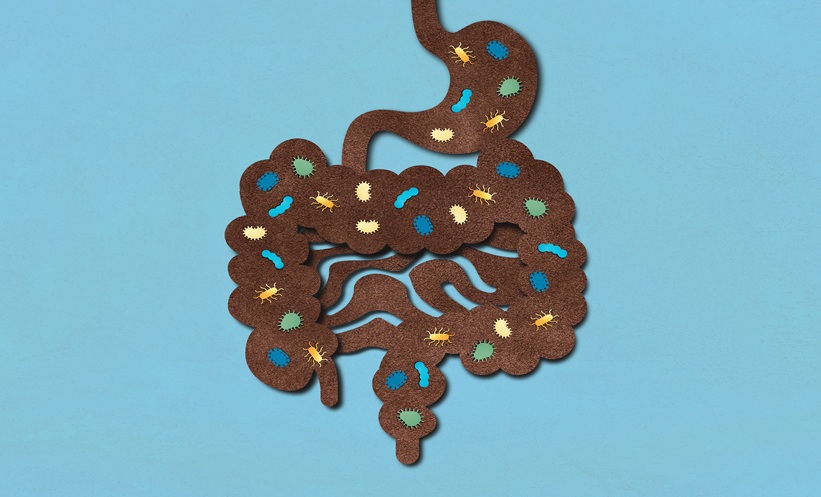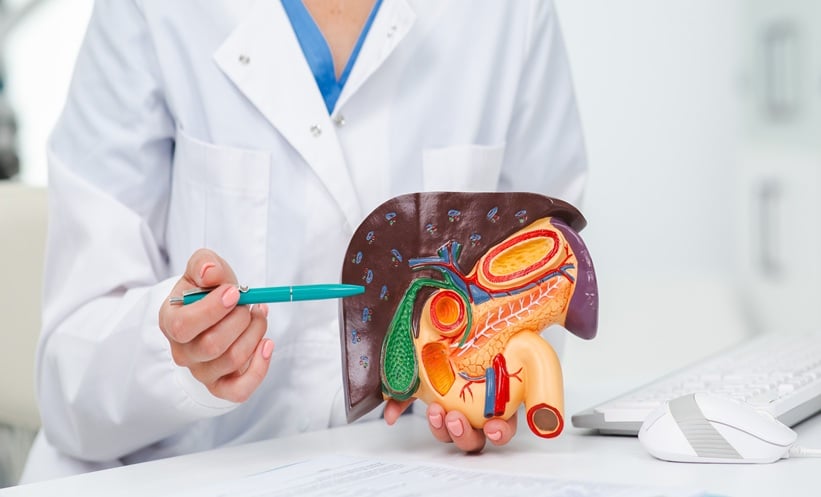METABOLIC dysfunction-associated steatotic liver disease (MASLD) affects roughly a third of the population, rising to over half of those with type 2 diabetes and the vast majority with obesity. Spanning simple steatosis to steatohepatitis (MASH), cirrhosis and hepatocellular carcinoma, its pathogenesis is tightly linked to obesity, insulin resistance and diet, with growing interest in the role of the gut–liver axis.
Against this backdrop, a double-blind, randomised controlled trial tested whether modulating the gut microbiota via faecal microbiota transplantation (FMT) improves liver fat and metabolic health in MASLD. Adults received three consecutive FMTs, either allogeneic (from healthy donors) or autologous (their own stool), with liver fat measured by MRI-derived proton density fat fraction (MRI-PDFF) as the primary endpoint. Secondary outcomes included liver enzymes, lipids and glucose tolerance, alongside detailed profiling of recipients’ microbiota and donor engraftment.
The headline finding was negative: there was no significant difference between allogeneic and autologous FMT in liver fat at 12 weeks, nor in lipid profiles, liver biochemistry or glycaemic measures. Clinical response, defined by reductions in liver fat, insulin resistance (HOMA-IR) and triglycerides, occurred in both arms (4/10 allogeneic; 3/10 autologous), pointing away from a donor-specific effect.
Microbiome analyses offered nuance but not a clear mechanism. Baseline alpha diversity was high and similar across groups, potentially limiting perturbation by FMT. By week 12, overall community composition diverged modestly between treatment groups, yet no consistent “responder” signature emerged. Donor engraftment varied by donor rather than by clinical response. Exploratory associations linked the genus Stercorousia and Alistipes putredinis with lower triglycerides after allogeneic FMT, but these taxa were low-abundance and require cautious interpretation.
Findings align with several small trials showing no material impact of FMT on steatosis or histology, though isolated studies report short-term improvements. The heterogeneous literature likely reflects differences in donors, recipients, delivery routes and baseline microbiota. Limitations here include modest sample size, a 12-week horizon, and unmonitored diet and lifestyle, factors known to influence MASLD and the microbiome.
Overall, consecutive allogeneic FMT did not outperform autologous FMT for reducing liver fat or improving metabolic markers in MASLD. Future work should stratify by baseline microbiota diversity, consider pre-FMT antibiotics, and integrate dietary and lifestyle interventions, areas with established benefit and plausible microbiome-mediated effects.
Reference
Groenewegen B et al. Consecutive fecal microbiota transplantation for metabolic dysfunction-associated steatotic liver disease: a randomized controlled trial. Gut Microbes. 2025;17(1):2541035.








